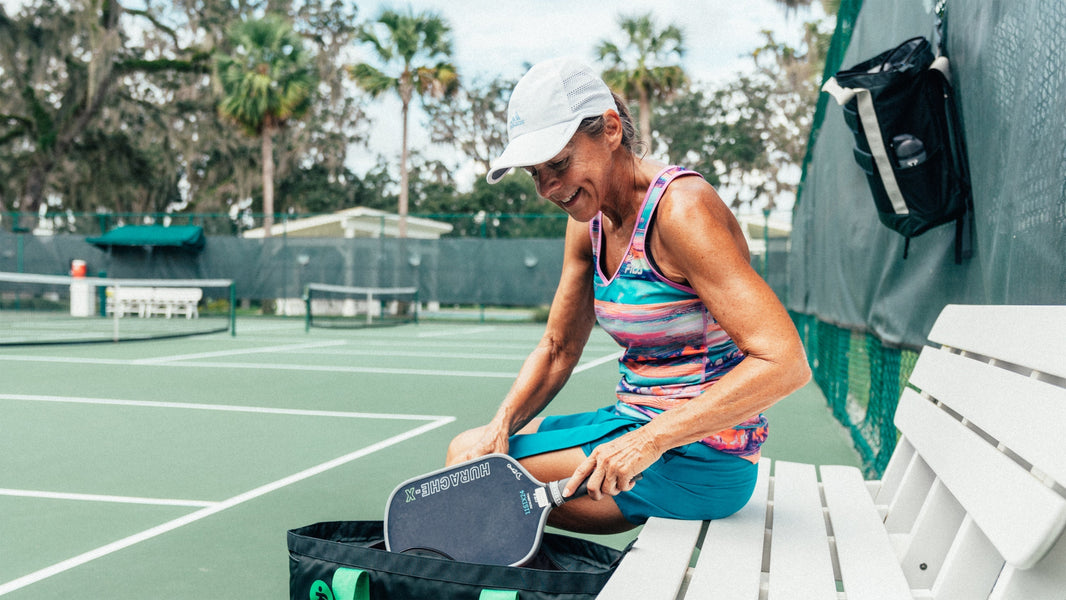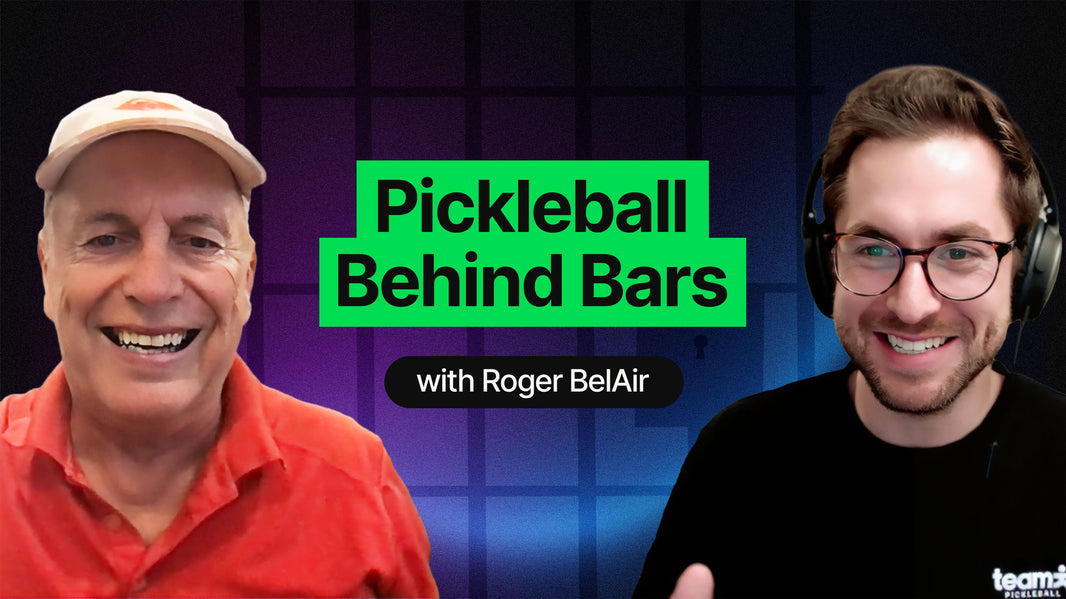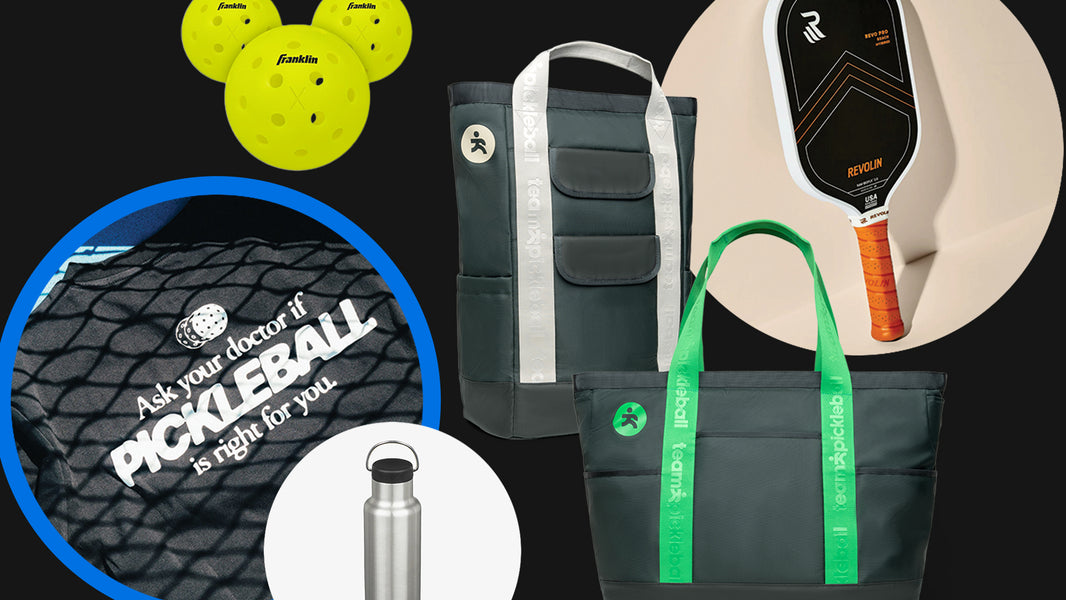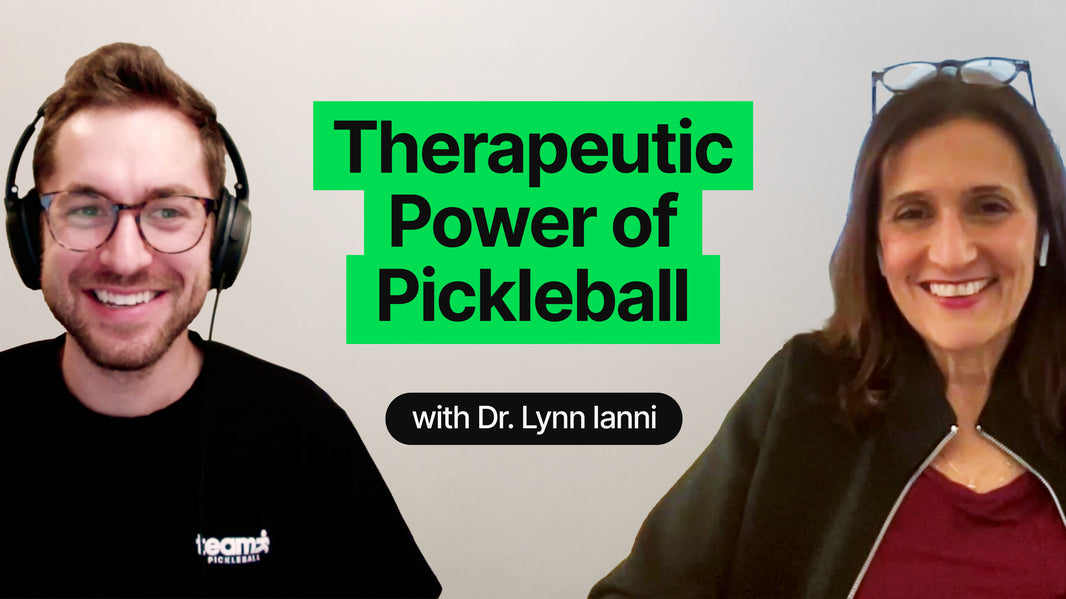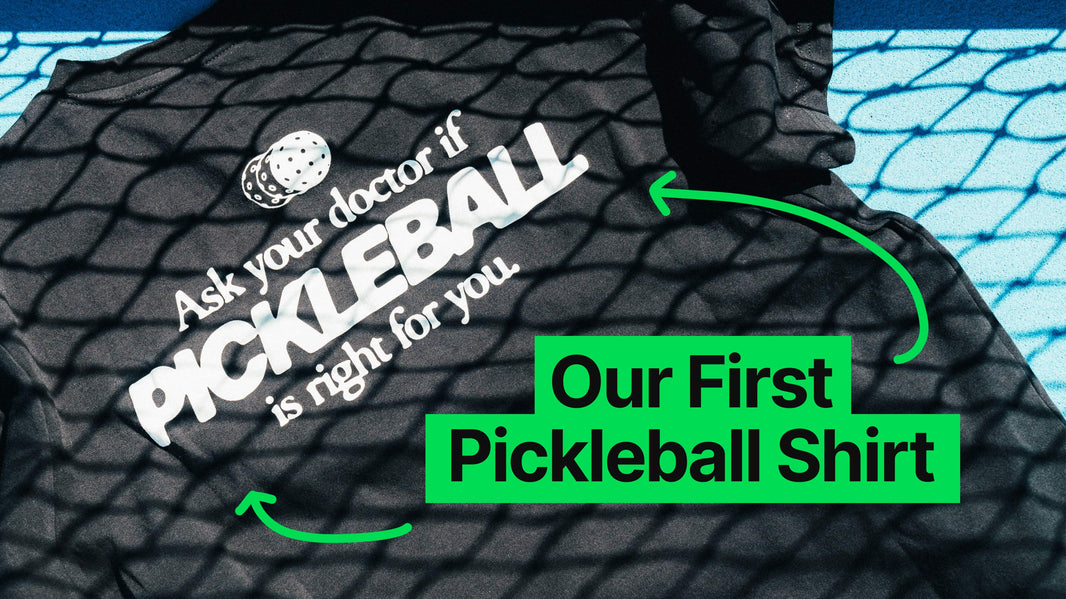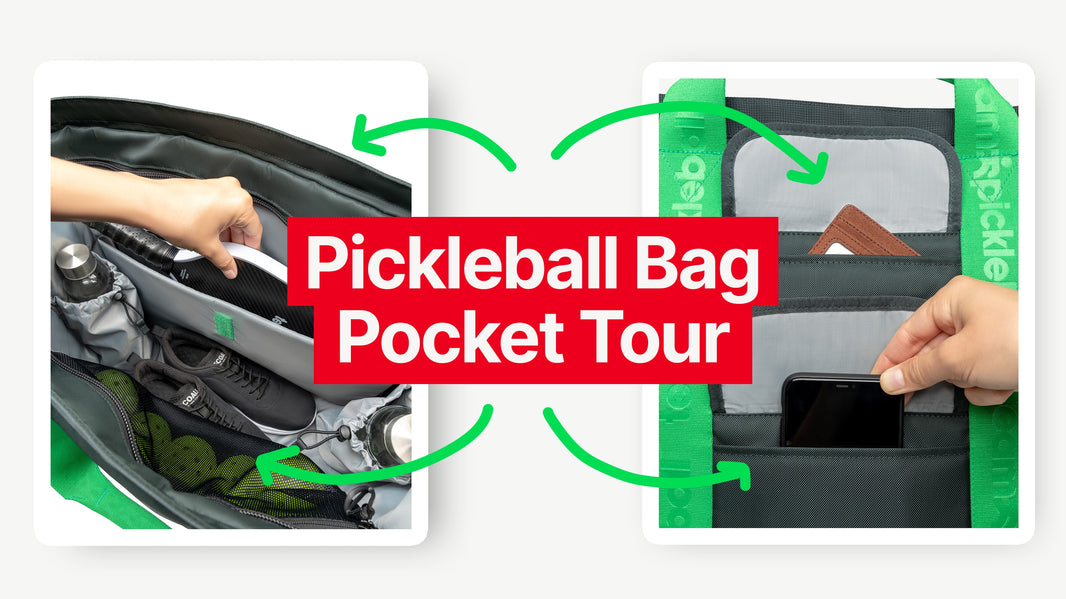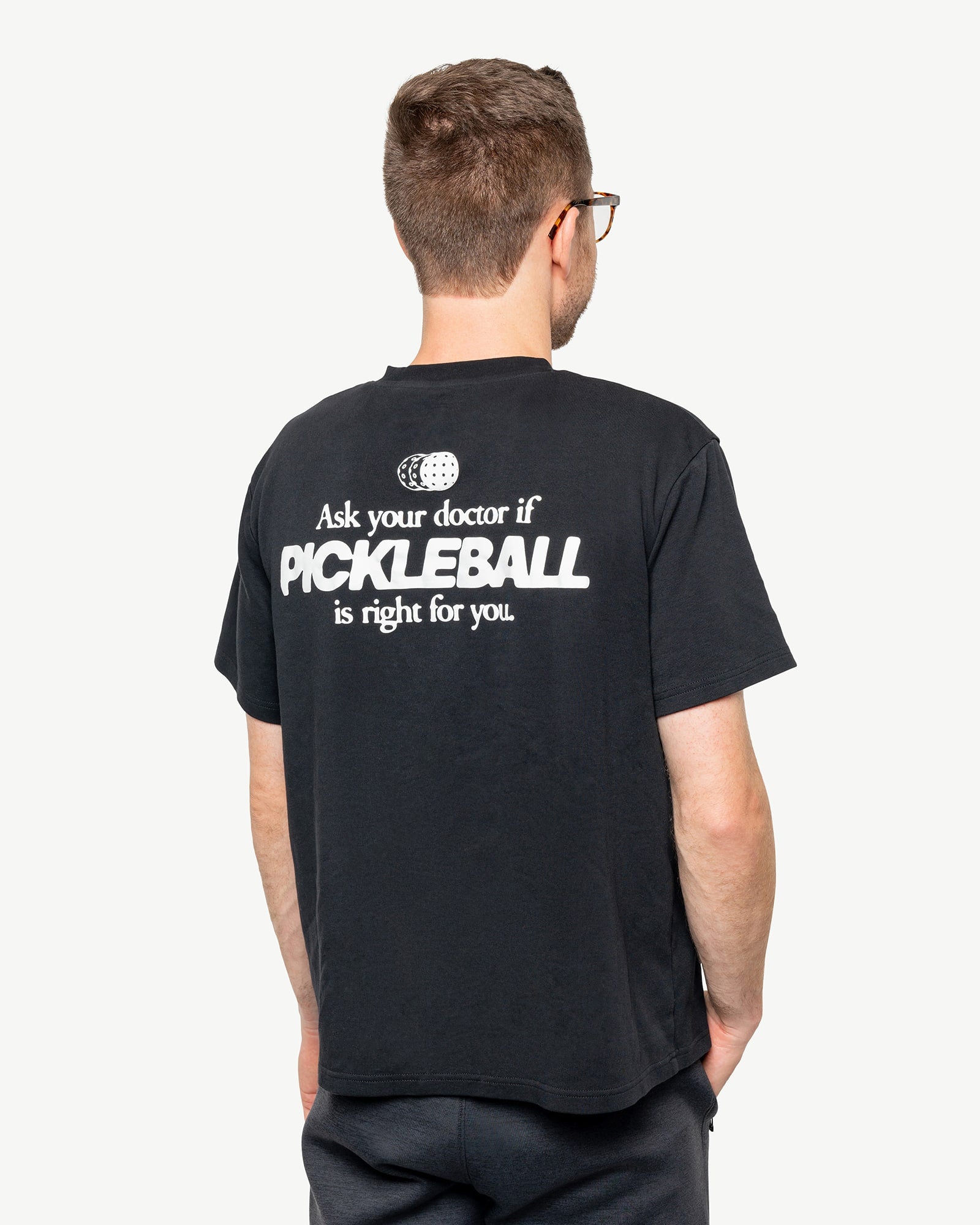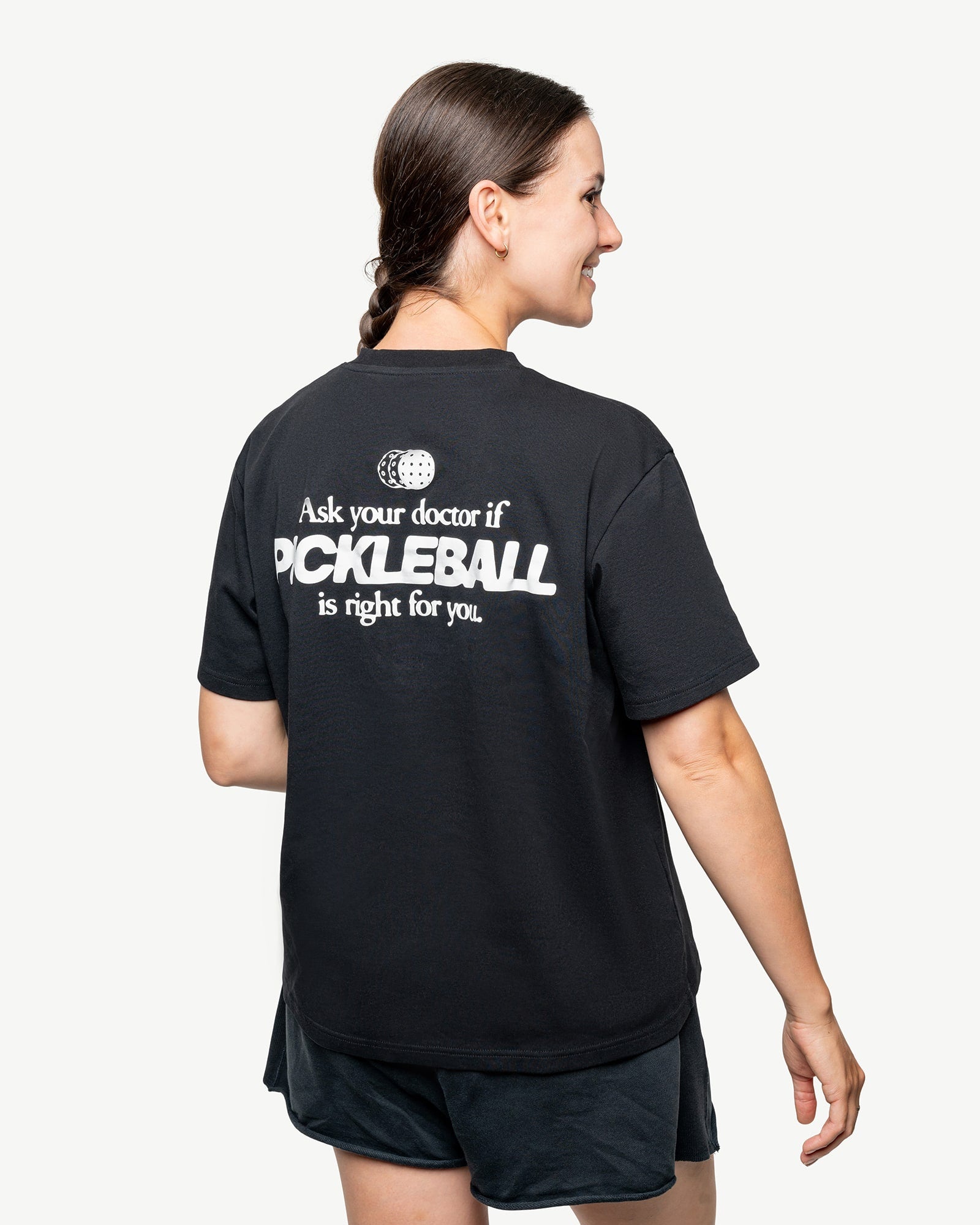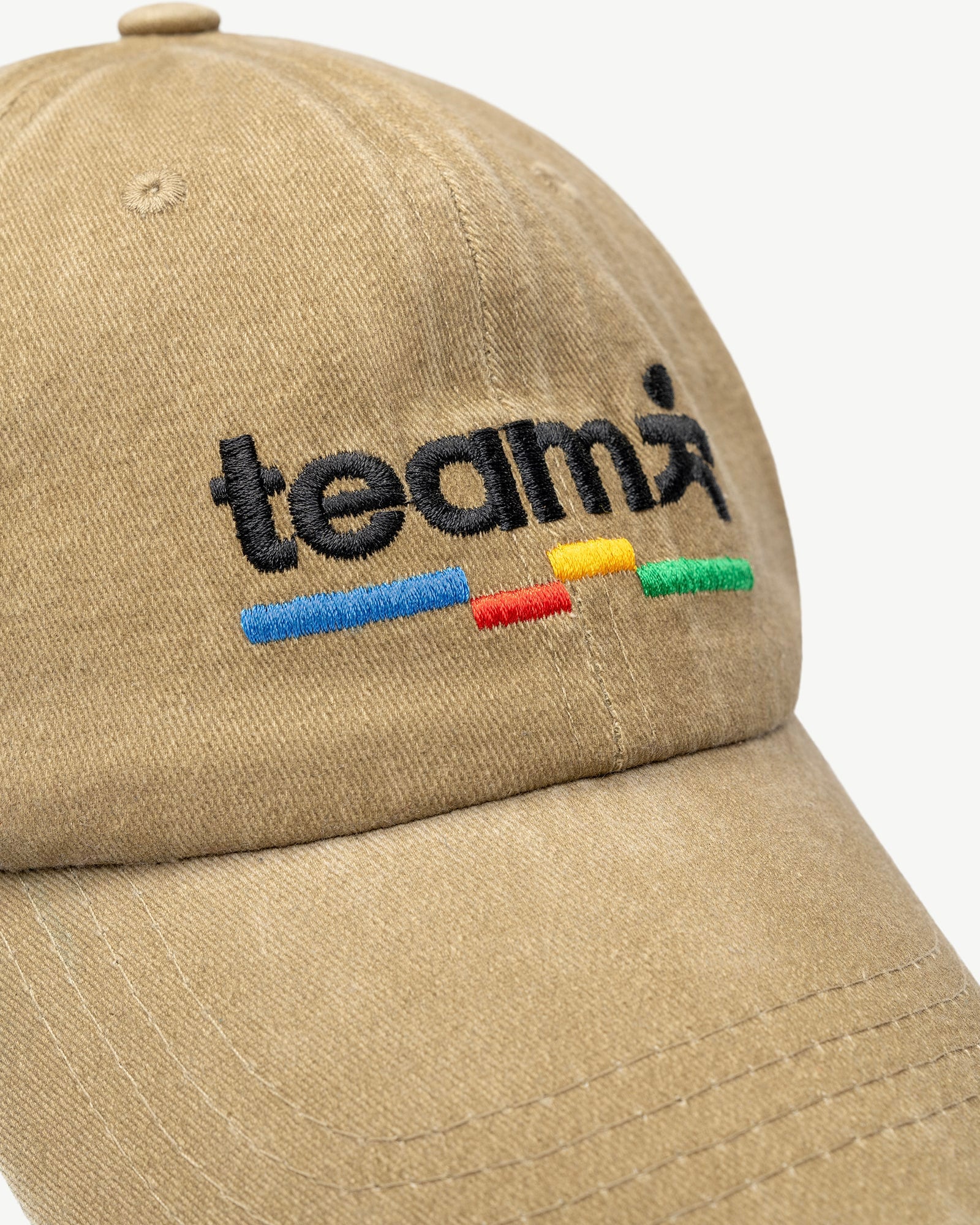Pickleball is no longer just America’s fastest-growing sport—it's becoming a powerful tool for building community, breaking down barriers, and transforming lives in unexpected places. While many pickleball enthusiasts discover the game at their local parks or retirement communities, one man has taken his passion to a very different environment: prisons. In this post, we’ll introduce you to Roger BelAir, a financial professional-turned-pickleball advocate, who is bringing the sport’s camaraderie and life lessons to correctional facilities across the nation. By connecting inmates with a game that fosters teamwork, respect, and hope, Roger’s efforts show us that pickleball is more than a fun pastime; it can be a catalyst for genuine social change.
From Finance to Pickleball: Roger’s Unlikely Journey
Roger didn’t begin his career thinking he would one day teach pickleball inside prison walls. In fact, his background is rooted in banking and finance. Years ago, he was a banker who later launched a successful investment company. He even landed the front cover of Money Magazine and wrote a book that supported a new career as a speaker. Life seemed set on a comfortable track, but fate had other plans.
About 15 years ago, Roger discovered pickleball. As someone who spent his teenage years honing hand-eye coordination playing ping pong, the transition came naturally. Like so many others, he fell head over heels for the game. He didn’t just enjoy playing—he became passionate about teaching it. Over time, Roger taught hundreds of people to play pickleball, honing his coaching skills and building a reputation as a patient, encouraging instructor.
The “Aha” Moment: Introducing Pickleball to Prisons
In 2017, a chance viewing of a 60 Minutes segment led Roger to rethink where his pickleball journey could go. The show profiled Cook County Jail in Chicago, a facility grappling with the complexities of managing thousands of detainees. As he watched inmates sitting idly—passing time with cards or TV—Roger had an idea: Why not introduce pickleball?
For Roger, pickleball offered more than just recreation. It required thinking about consequences (just like planning shots on the court), learning from mistakes (adjusting your strategy each rally), and working respectfully with others. He wrote a letter to Sheriff Tom Dart of Cook County, offering to bring all the equipment and teach the inmates at no cost. Initially met with skepticism, that proposal eventually made its way into the jail.
Breaking Down Walls: The First Class Inside Cook County Jail
Stepping inside Cook County Jail, Roger faced an intimidating atmosphere. The facility is massive, housing thousands of individuals, many charged with serious crimes like murder. He began by trying to share pickleball’s backstory—how it started on Bainbridge Island near Seattle. But the inmates’ initial reaction was distant and skeptical. Arms were crossed; eyes wandered. He could feel the tension in the room.
But then Roger got them moving onto makeshift courts. Within 15 minutes, the transformation was remarkable. Inmates started grinning, laughing, and encouraging each other. The game, with its straightforward rules and quick pace, turned these men—many facing enormous stress—into focused, enthusiastic players. In that environment, they weren’t inmates or adversaries; they were teammates, competitors, and learners. By the end of the day, they had embraced Roger as “bro” or “dude,” replacing the distant politeness once reserved for him as the “old guy.”
A Powerful Outcome: Reduced Disciplinary Problems and Community Building
The impact of pickleball behind bars didn’t go unnoticed. A subsequent visit to Cook County Jail brought Roger face-to-face with journalists from USA Today, who initially planned to feature the story in their sports section. After seeing the results and speaking with staff and inmates, the editors decided to move the story to the front page. The exposure was immense.
But more important than the media coverage were the tangible benefits. Staff at the jail reported that disciplinary issues dropped as inmates eagerly behaved themselves for the privilege of playing pickleball. More astonishingly, men who once belonged to rival gangs now interacted peacefully on the court. Gang affiliations faded away into the background as players focused on returning serves, hitting forehands, and enjoying the friendly banter. This game, which once might have seemed trivial, was building a bridge between divided communities within those walls.
Expanding the Mission: Rikers Island and Beyond
Roger’s success in Chicago caught the attention of other correctional facilities, including Rikers Island in New York City. Rikers, known for its complex challenges and large inmate population, decided to give pickleball a try. The deputy commissioner was so impressed that he ordered equipment for 20 courts, ensuring that this accessible, budget-friendly sport would become a fixture in the facility’s recreational offerings.
From there, the movement spread. Roger helped introduce pickleball to prisons in Washington State, California’s San Quentin (once known for having the largest death row population in the Western Hemisphere), and beyond. Today, there are about 45 prisons across 12 states involved, forming a growing network of facilities using pickleball to reduce tension, develop life skills, and improve social interactions inside the walls.
Enter PICL: A Nonprofit for Pickleball in Prisons
The excitement and growth led to the founding of a nonprofit organization: PICL (Pickleball for Incarcerated Communities League). Through PICL, volunteers learn how to introduce pickleball to facilities near them. The nonprofit offers guidance, best practices, and ongoing support to individuals who believe in the healing and community-building power of the game.
By visiting PICLeague.org, supporters can learn how to get involved, whether through donations or by volunteering their time and expertise to bring pickleball into correctional facilities. With Roger’s help and the PICL network, anyone can become a positive force for change—one serve at a time.
Why Pickleball Works: Community, Accessibility, and Hope
The key to pickleball’s success behind bars lies in the same qualities that make it appealing everywhere else. The sport is highly accessible: a paddle, a ball, and a bit of space are all that’s required to start. Pickleball doesn’t favor extreme athleticism over camaraderie—it’s welcoming to players of all ages, backgrounds, and skill levels.
Just like in public parks, pickleball in prisons fosters community. Inmates find new ways to interact, learn, and grow. Rivalries and gang affiliations matter less when all eyes are on a whiffle ball bouncing on a makeshift court. Players cheer each other on, make mistakes, learn from them, and come back stronger. This communal spirit is precisely what the sport’s founders envisioned decades ago, and it’s playing out in some of the world’s most challenging environments.
Long-Term Impact: Reducing Recidivism with a Paddle
One of the most striking points Roger learned is that about 95% of incarcerated individuals eventually return to society. Ensuring they do so with better coping skills, healthier behaviors, and positive hobbies can significantly reduce recidivism. Countries like Norway have low recidivism rates—around 20%—because their systems focus on rehabilitation, not just punishment.
In the United States, the recidivism rates are double, if not more. Some estimating upwards of 65%. By introducing constructive activities like pickleball, prisons can provide inmates with tools that encourage teamwork, patience, and conflict resolution. Once released, these former inmates can carry their pickleball skills to local courts. There, they can find new friendships, supportive communities, and a sense of belonging, helping them stay away from negative influences that could lead back to incarceration.
A Simple Gesture with Profound Meaning: The “Group Hug” Rule
When Roger first introduced the concept of the “group hug” inside Cook County Jail, the inmates froze. Physical affection or camaraderie wasn’t something they were accustomed to showing. When Roger further explained that the “Group Hug” he was referring to was tapping paddles at the net after a game, there was a sigh of relief. Soon, “group hug” became a norm on those courts, a small but meaningful step toward breaking down interpersonal barriers.
How You Can Help
If you’re interested in supporting this movement, there are several ways to get involved:
-
Visit PICL’s Website: Check out PICLeague.org to learn more about ongoing initiatives and see how you can participate, volunteer, or donate to the cause.
-
Spread the Word: Share Roger’s story and the mission of PICL with fellow pickleball enthusiasts, community groups, and local recreation centers. Awareness can lead to action.
-
Reach Out to Roger Directly: Roger welcomes questions and interest. He can be reached via email at belairr@gmail.com. Whether you’re curious about introducing pickleball to a facility near you or want advice on coaching, he’s happy to help.
Pickleball’s Power to Transform Lives
The story of bringing pickleball into prisons is an inspiring example of how a simple sport can do much more than provide entertainment. It can reduce tension, build trust, and foster personal growth—even in the most challenging environments. Through Roger BelAir’s dedication and the continued efforts of volunteers across the country, pickleball is making meaningful strides in rehabilitation and community-building inside correctional facilities.
From that first, tentative serve inside Cook County Jail to the expanding nationwide network of prison-based pickleball programs, this movement proves that everyone deserves a chance to connect, learn, and grow. In the end, pickleball is about more than just hitting a ball over a net—it’s about creating a future where understanding, respect, and community can flourish, one paddle at a time.



